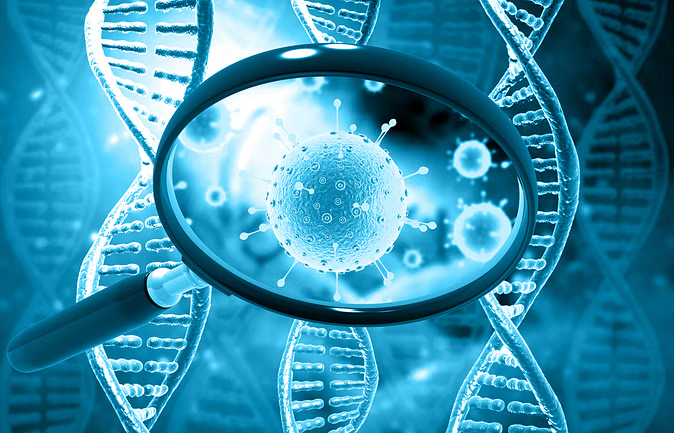Anemia is very common in women. If the diet is not proper or due to any other reason, there is a lack of blood in the body, it can cause anaemia. A large amount of blood comes out from women's bodies every month even during periods. There is a risk of anemia even with heavy periods. Due to iron deficiency in the body, many types of problems can occur. Iron is a mineral that plays an important role in the function of hemoglobin, a protein essential for carrying oxygen in the blood. Therefore, it is very important to have it in the right quantity. Due to lack of blood, symptoms like feeling weakness, fatigue, difficulty in breathing, effect on digestion and yellowing of the skin are seen. To overcome this, a change in diet is most important. Here we are telling you about flour which can help you to a great extent. Dietitian RadhikaGoyal is giving information about this. Radhika is a certified dietitian and nutritionist.

Ragi Flour to Increase Hemoglobin Levels
- Ragi is also called nachni, foxtail millet and finger millet.
- Protein is found in abundance in it. This protein plays an important role in rebuilding and repairing cells.
- It also helps in maintaining proper blood flow in the body.
- Ragi is rich in antioxidants and helps the body fight many types of infections.
- Apart from vitamin D and calcium, ragi is also rich in iron.
- It can help in removing haemoglobin deficiency in the body.
- It relieves constipation and is also beneficial in reducing weight.
- This also helps in controlling blood sugar levels.
How to include ragi flour in the diet?
- There are many ways to include ragi flour in your diet.
- You can make roti, idli and dosa from it.
- Ragi flour is also added to veg soup. Its soup is beneficial for health.
- Khichdi can also be made from it.
- In summer, you can make a shake by mixing it with dates, bananas and milk.
Image Credit: Shutterstock, Freepik










